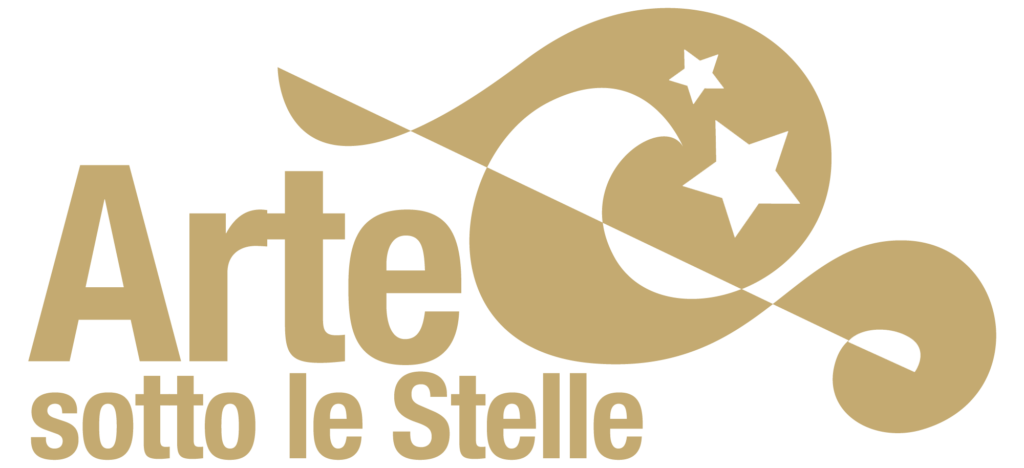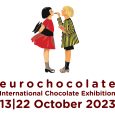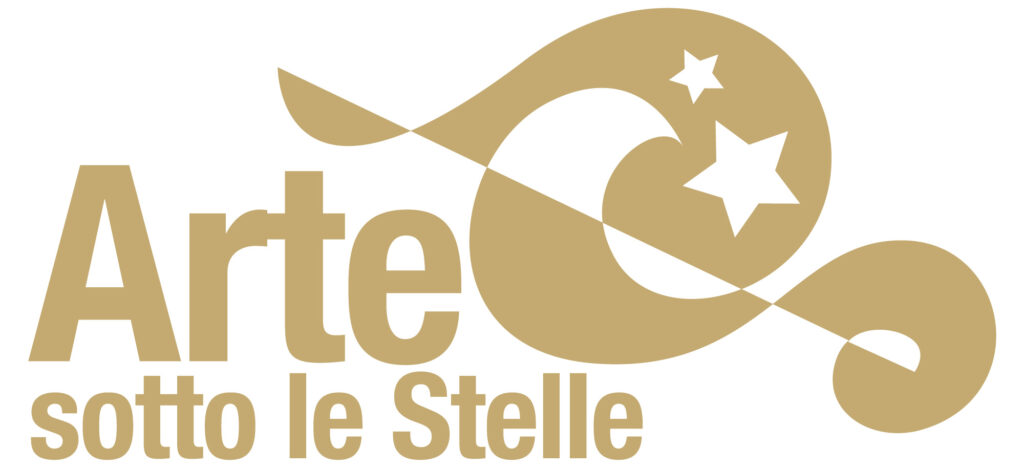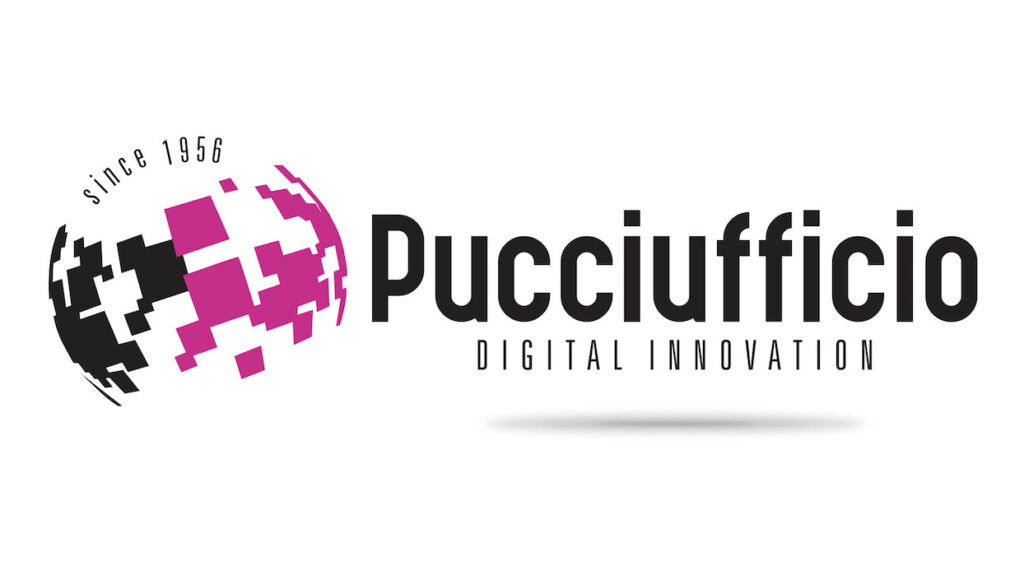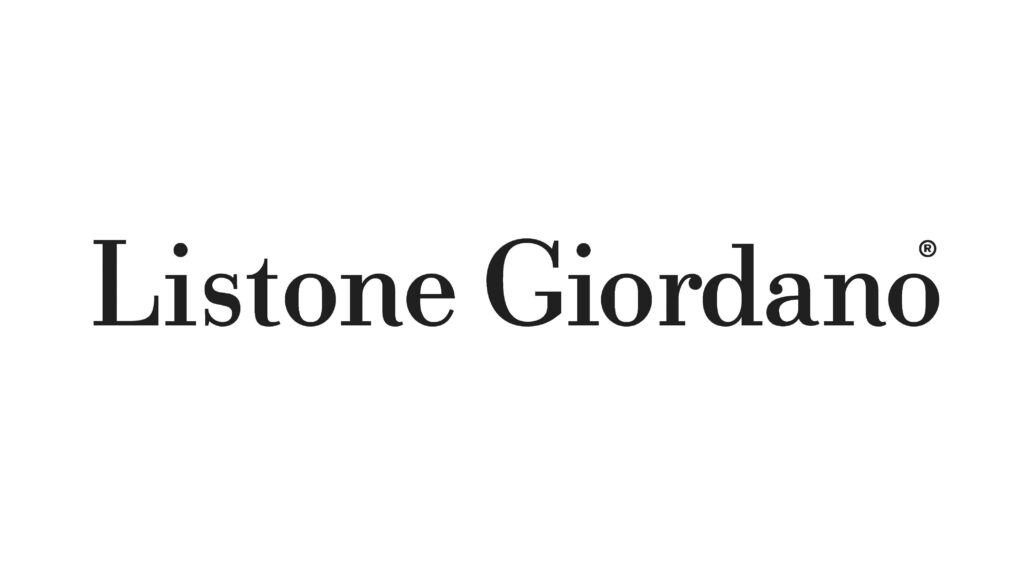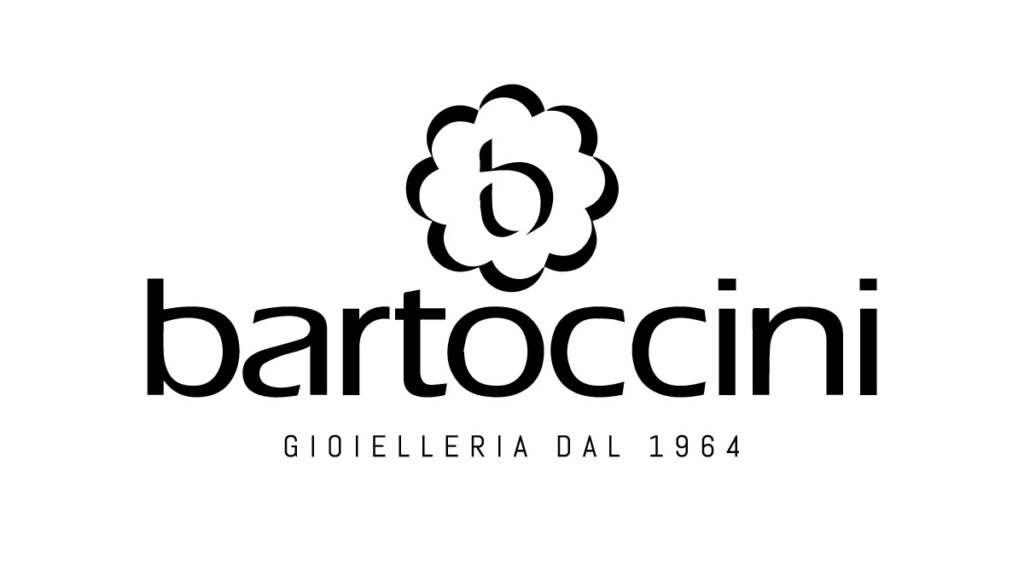Around Perugia
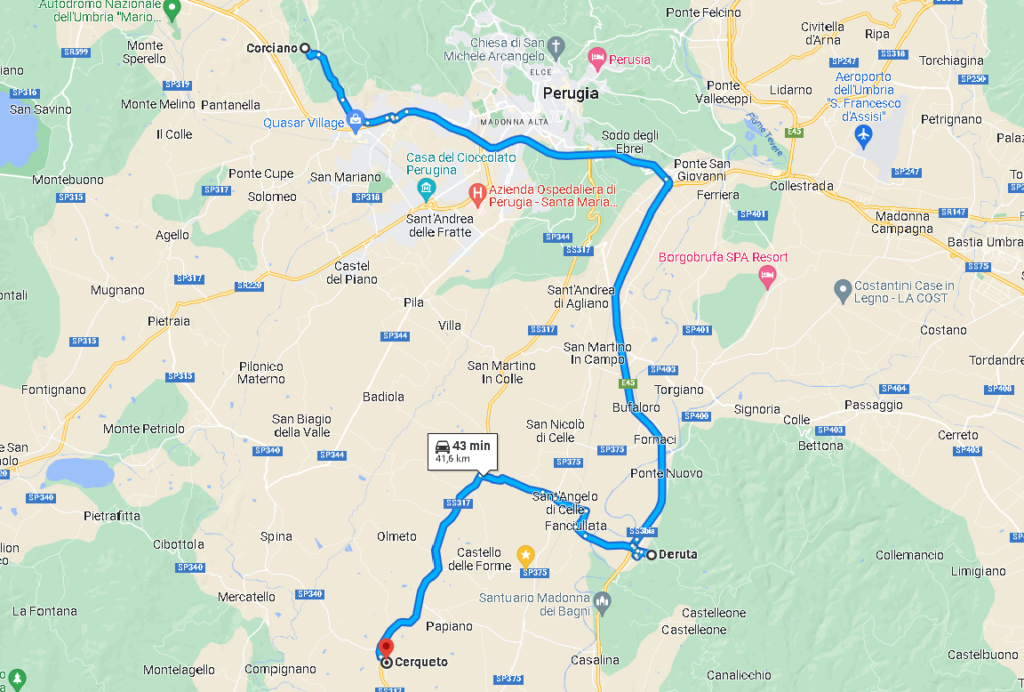
Corciano – Church of Santa Maria Assunta
Via della Corgna, 6, 06073 Corciano PG
Perugino, Assumption of the Virgin, 1512 circa, tempera on panel, 226 x 146 cm (31 x 78 cm le due predelle), Corciano, Church of Santa Maria Assunta.
The work, commissioned to Perugino by the community of Corciano on December 18, 1512 and paid 100 florins, depicts the Madonna assumed into Heaven within a bright almond, surrounded by cherubim and musical angels; the incredulous apostles are invested with her light. The two predella tablets, with the Annunciation and the Nativity, were probably realized by Perugino’s assistants.
The two predella tablets, representing the Annunciation and the Nativity, are probably made by Perugino’s workshop students.
Deruta – Pinacoteca Comunale
Piazza dei Consoli, 12, 06053 Deruta PG
Perugino, Eternal Father, Saint Romano and Saint Rocco, about 1475-1478, fresco, 186 x 128 cm, Deruta, Pinacoteca Comunale
The fresco was originally conceived for the church of San Francesco a Deruta.
The lower part of the work preserves a view of the city of Deruta: it is still possible to recognize the church of San Francesco, still equipped with the Gothic bell tower then modified in 1704, the church of Santa Maria dei Consoli and the civic towers in the corresponding areas of Sant’Angelo, of the Borgo and Perugina. In the upper part, God Blessing is holding the Globe, surrounded by San Rocco and San Romano: the work was probably commissioned as a request for protection to the two saints by the community due to an epidemy of plague, identifiable with that occurred in 1476.
Cerqueto (Marsciano) – Church of Santa Maria Assunta
06055 Cerqueto PG
Perugino, Martyrdom of Saint Sebastian, detached fresco, 133 x 90 cm, Cerqueto (PG), church of Santa Maria Assunta
The fresco is the only surviving fragment of the decoration of the old church, demolished in 1779.
The painting was originally placed in the chapel dedicated to Saint Mary Magdalene, founded as a vote of thanks in 1478 after the end of an epidemy of plague, against which Saint Sebastian was one of the protectors. Next to the saint, Saint Rocco, of which only one leg remains showing the bleeding sores, is another character with a strong thaumaturgic power. The third saint on the right, barely visible, is identified with Saint Peter, with his apostolic pallium and the tunic.
This fresco is one of the earliest works by Perugino.


